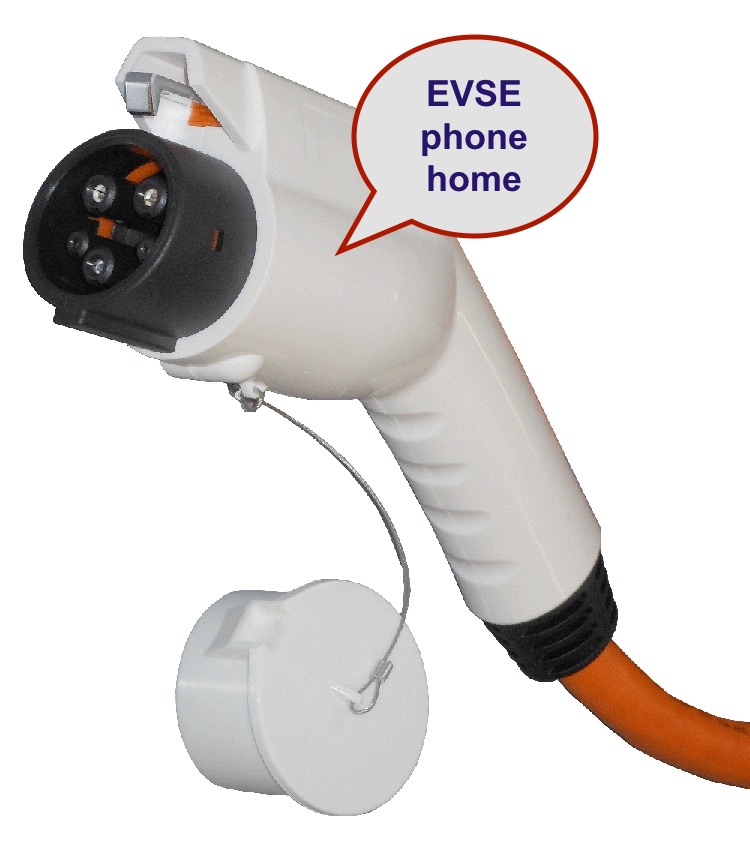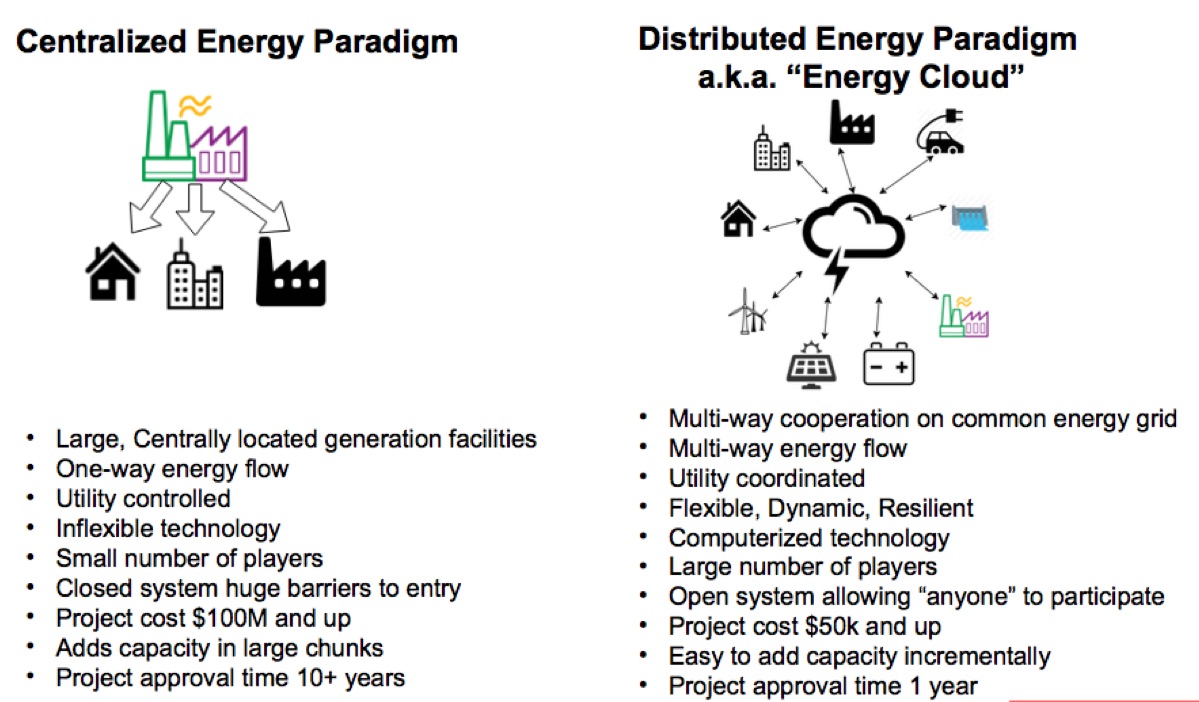Electric vehicle charging stations with WiFi support could become commonplace. Texas Instruments, a.k.a. TI, has just published an EVSE (a.k.a. electric vehicle service equipment) reference design that includes WiFi support and an ARM-based processor. I believe many companies use these published reference designs as the starting point for products, sometimes using the reference design with no changes.
For example — back in the 1980’s I had a book full of published TI reference designs. I also owned a Radio Shack computer, the TRS-80 Color Computer (IIRC I had a CoCo3), based on the 6809 processor. That 6809 machine was a big departure for Radio Shack, who’d formerly used Intel processors, plus the operating system had some interesting features. Lo’ and behold, in the book of reference designs was one for a computer based around the 6809, and the design was EXACTLY the same as that Radio Shack computer. Ergo, it’s possible that some company to take the TI reference design, and directly make it into a productized smart charging station. More likely is it’ll be used as the starting point.
An EVSE with a CPU (for local intelligence) and WiFi (for remote communication) is a bit of a departure from basic EVSE’s. Generally speaking an EVSE is an overglorified relay (a.k.a. Contactor). All that happens on the charging connector is a little negotiation of the charging rate based on the duty cycle of a signal sent over one of the pins. Once certain conditions are met the contactor closes (the clunk sound when you plug in) and the on-board charger gets connected to the AC power source, and the car starts charging. It’s an entirely local process taking place entirely between the car and the EVSE.
Why, then, do we need EVSE’s with WiFi support?

The reason is so an EVSE can “phone home” and be remotely controlled.
A commercial EVSE in the public could use local WiFi to connect to a central control system. It could then use the Open Charge Point Protocol (OCPP) to be controlled by the home base.
However, the more interesting use case is at the home. The charging station could use local WiFi to connect to a central control system for an entirely different purpose. Namely, to participate in the smart grid as a controllable electricity load or even electricity source when/if electric cars develop Vehicle-to-Grid capabilities.
Some may be aware that Electric Motor Werks has implemented such a feature, and is using EVSE’s to earn demand response fee’s. Their EVSE, the JuiceBox, can connect over WiFi to EMW’s servers. Those servers receive demand response signals from utility companies, and dispatch commands to the EVSE’s. In response the EVSE is supposed to either decrease or increase the charging rate, depending on local grid conditions.
Why should EMW be the only company playing this game. The last couple months I’ve been closely studying the “Distributed Energy Resource Aggregation” business (DER Aggregation), and one target use case discussed in the literature is control of electric car charging.
Generally a DER is a solar array, with a “smart inverter” and local energy storage. By “smart inverter” we mean equipment which senses grid condition (over/under-voltage, over/under-frequency, etc) and can perform some actions to help the grid return to the desired condition. Further, a smart inverter connects to a central control system over the Internet and receives commands for other actions the inverter and energy storage unit should take.

The goal is to integrate DER assets of all kinds into a distributed electricity grid with multiple levels of control algorithm, and potentially is open to any entrepreneur with compatible equipment.
The phrase, Distributed Energy Resource, is pretty broad and can include other sorts of electrical equipment. For example a building air conditioner could provide some of the same benefits. Suppose the grid local to that A/C unit needed lower (or higher) electricity consumption in order to offset the current demand situation. A smart control system could decrease (or increase) the A/C’s consumption and influence the grid. When coordinated with other nearby equipment, each piece of equipment could decrease/increase by a little, not enough to be noticeable by anyone, but added together makes enough impact to correct what might have become a brown-out or black-out.
Similarly, electric car charging rate could be modified to work with current grid conditions. Sooner-or-later the Vehicle-to-Grid (V2G) dream will become reality and our electric cars could participate in the smart grid not just by adjusting the charging rate, but by shipping electricity TO the grid if needed by grid conditions.
All of this means a more reliable electricity grid through electrical equipment that can be collaboratively controlled.
I’ve been studying this topic in-depth the last few months. I hope to be able to write more about this, because I think it’s extremely that more people are aware of what’s starting to happen on the electricity grid.
In the meantime if you’re interested in the EVSE w/ WiFi reference design, go here: http://www.ti.com/tool/tidc-evse-wifi![]()
For a guide on purchasing electric vehicle charging stations, see: http://visforvoltage.org/book/13822![]()
- Is there enough Grid Capacity for Hydrogen Fuel Cell or Battery Electric cars? - April 23, 2023
- Is Tesla finagling to grab federal NEVI dollars for Supercharger network? - November 15, 2022
- Tesla announces the North American Charging Standard charging connector - November 11, 2022
- Lightning Motorcycles adopts Silicon battery, 5 minute charge time gives 135 miles range - November 9, 2022
- Tesla Autopilot under US Dept of Transportation scrutiny - June 13, 2022
- Spectacular CNG bus fire misrepresented as EV bus fire - April 21, 2022
- Moldova, Ukraine, Georgia, Russia, and the European Energy Crisis - December 21, 2021
- Li-Bridge leading the USA across lithium battery chasm - October 29, 2021
- USA increasing domestic lithium battery research and manufacturing - October 28, 2021
- Electrify America building USA/Canada-wide EV charging network - October 27, 2021












